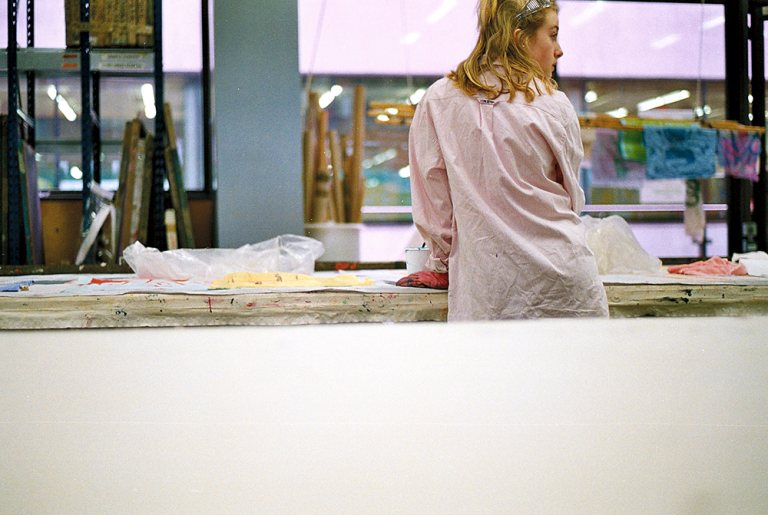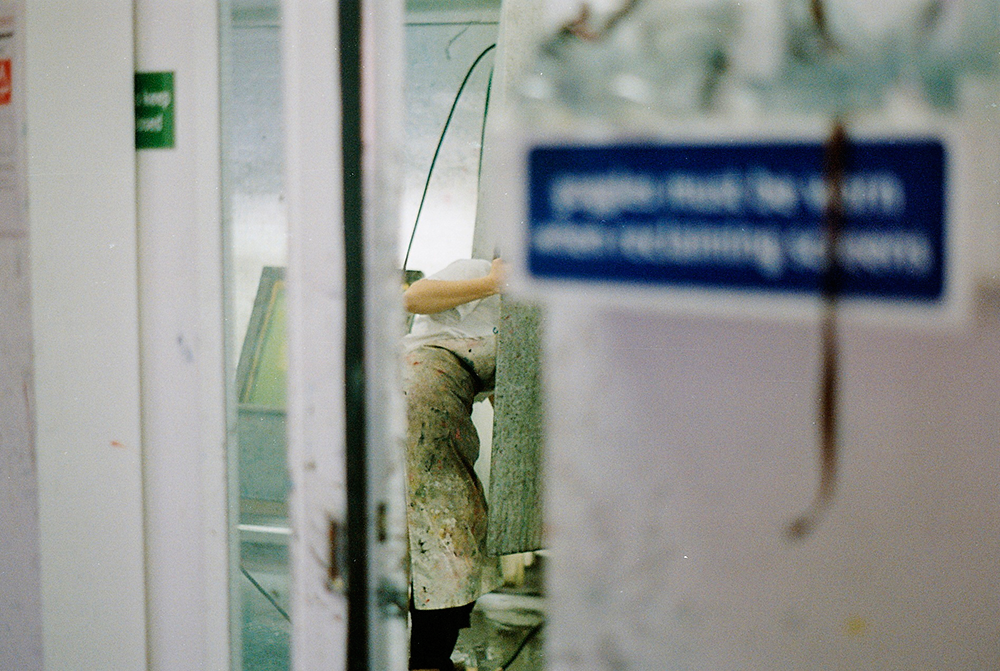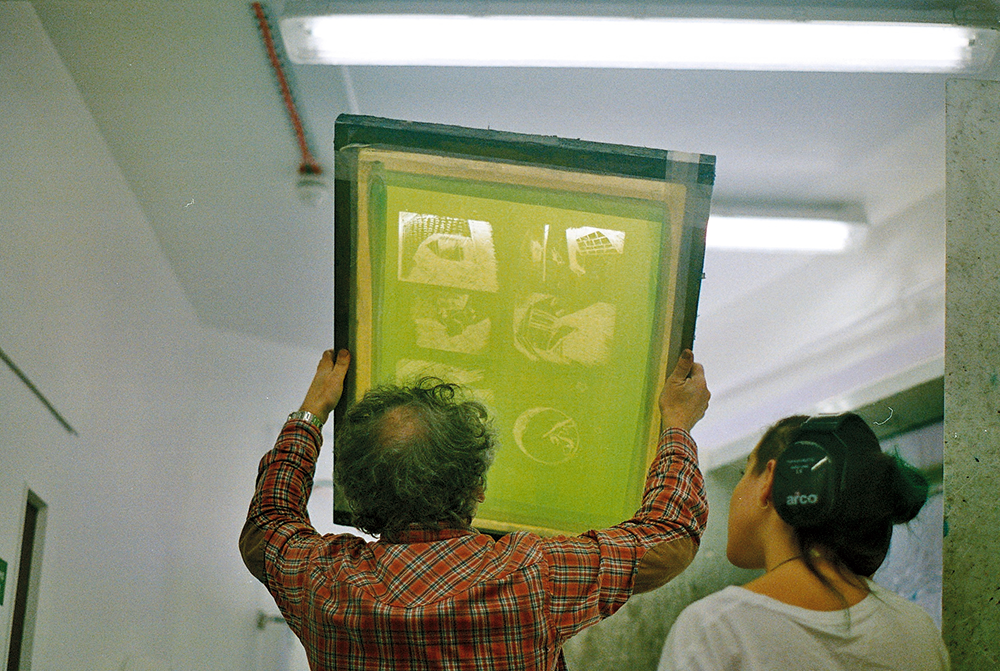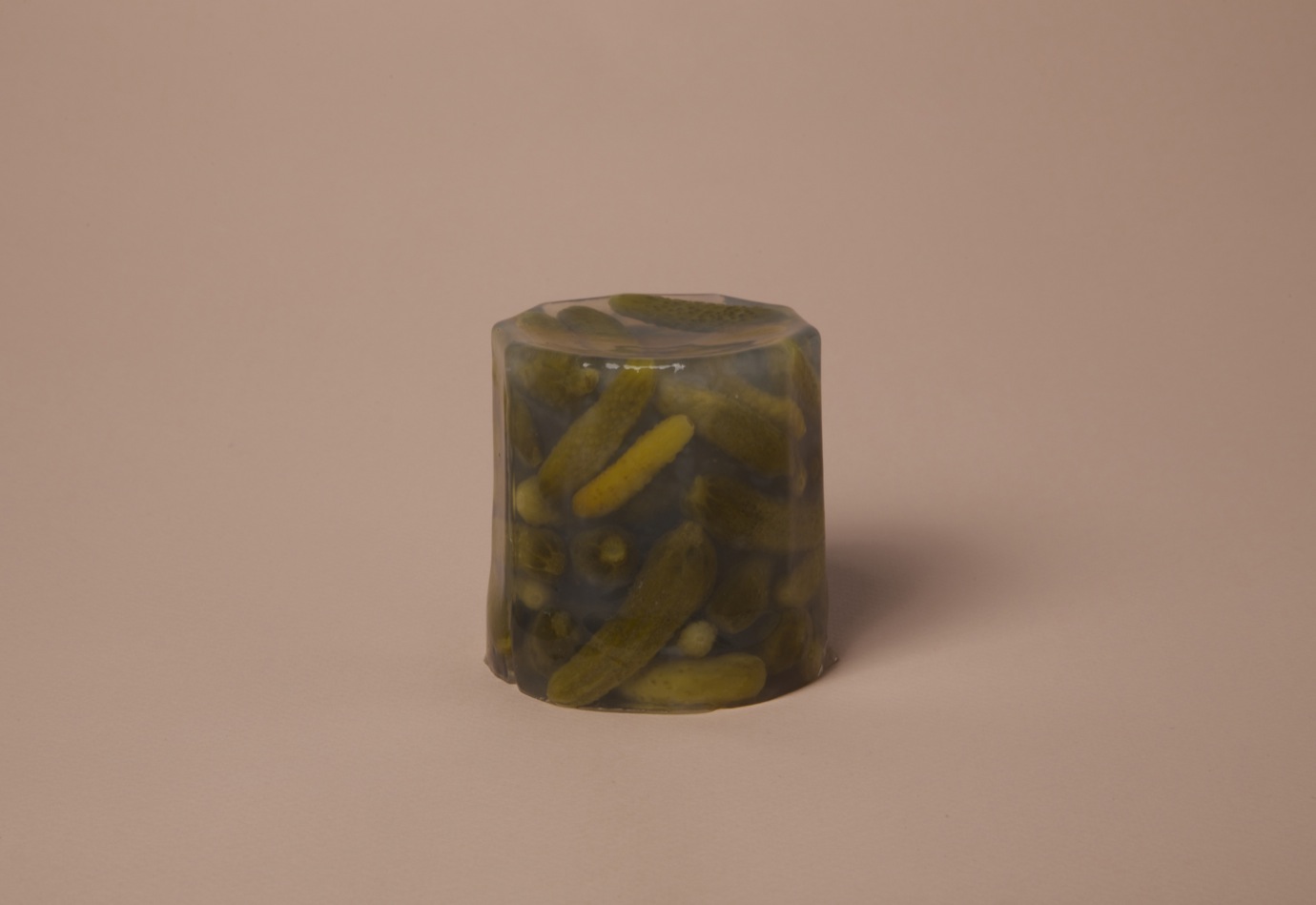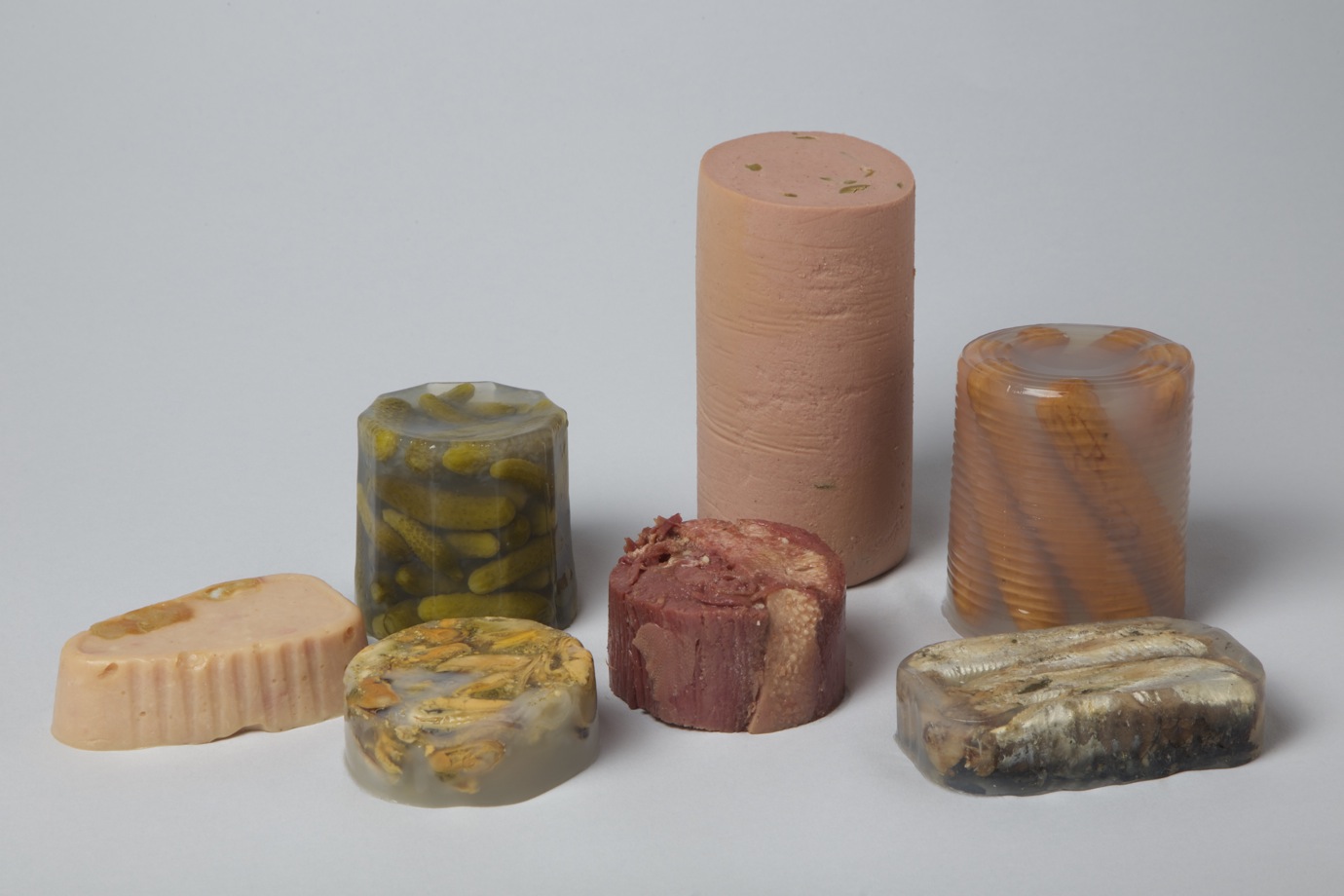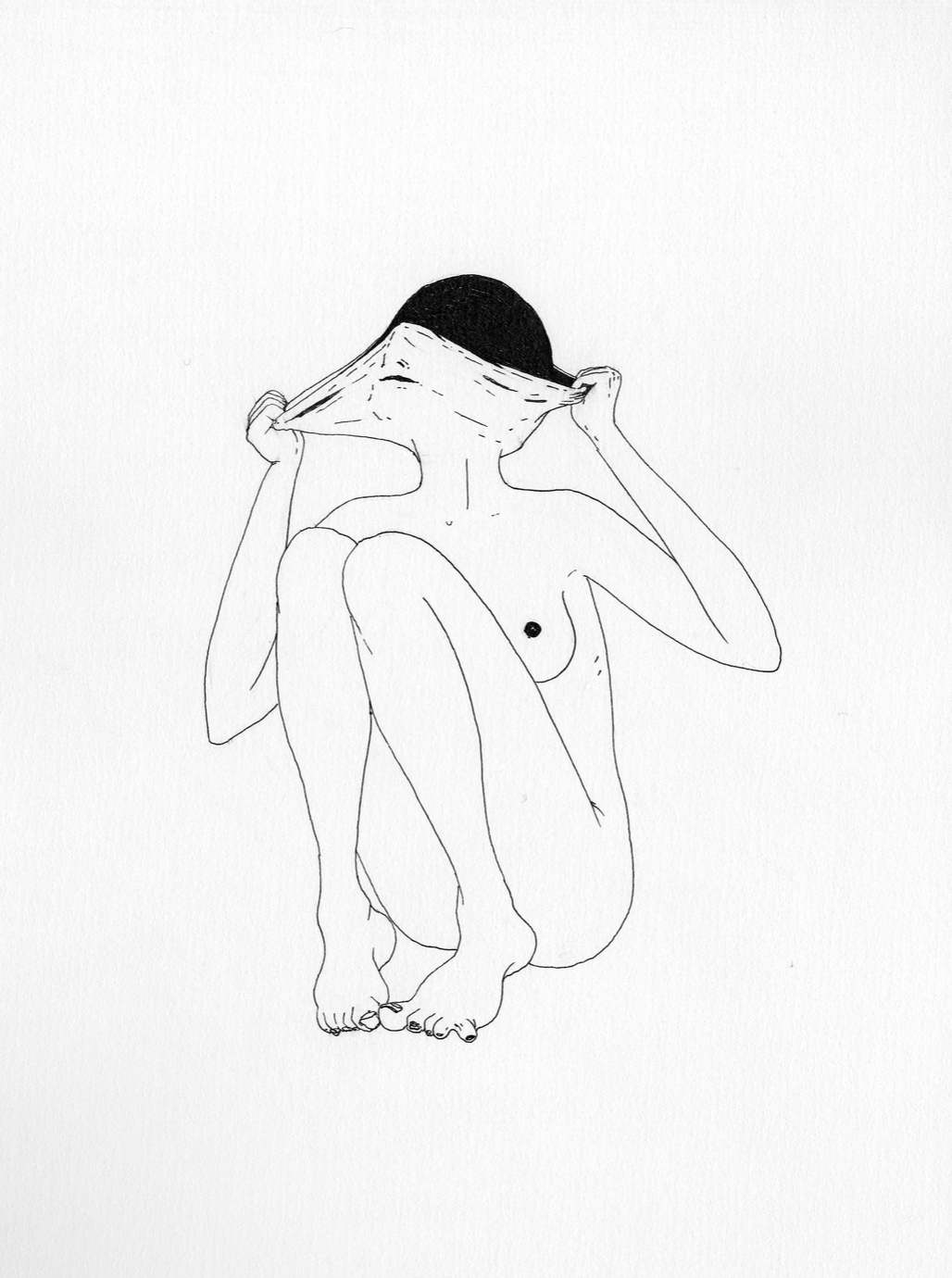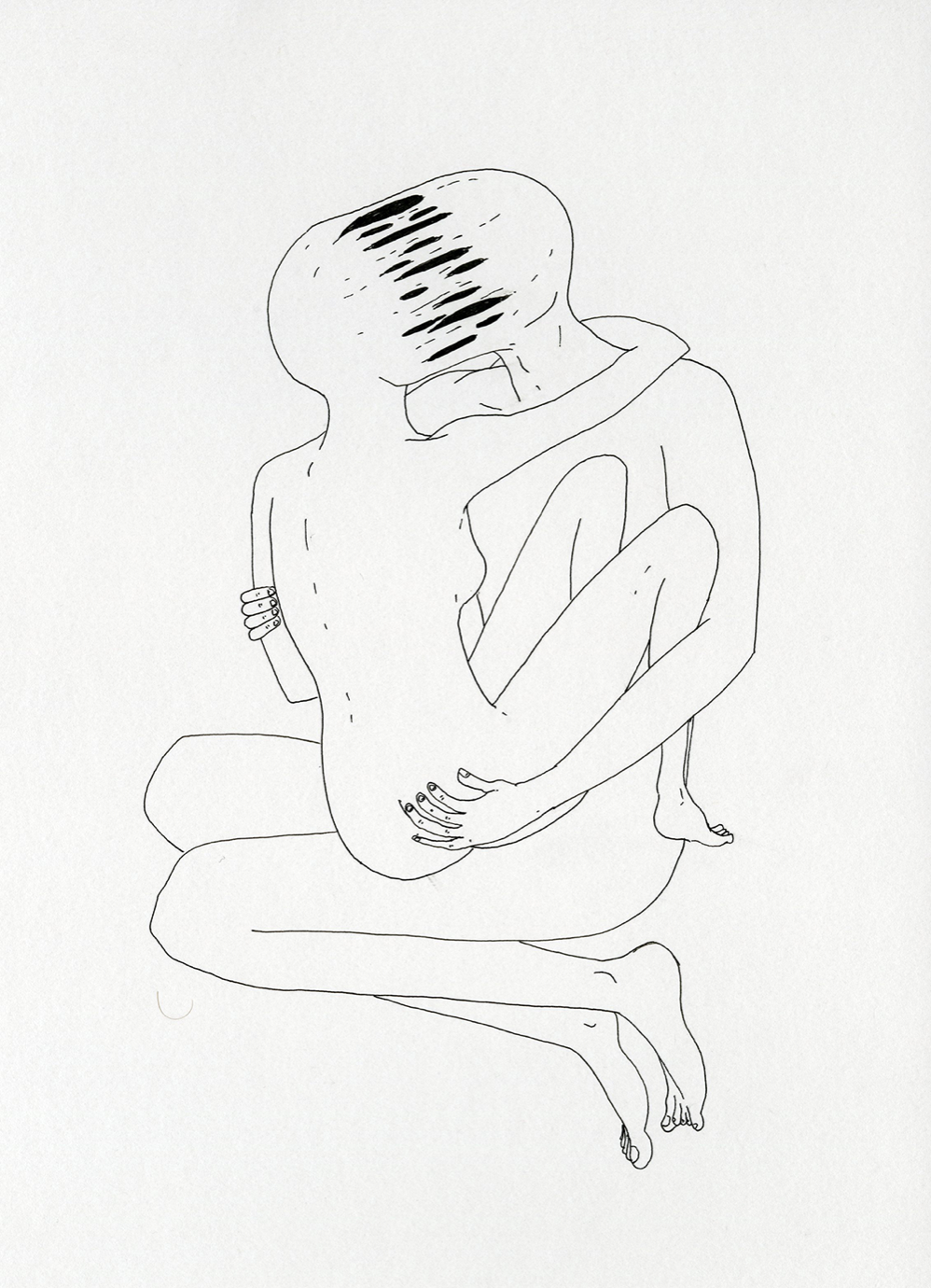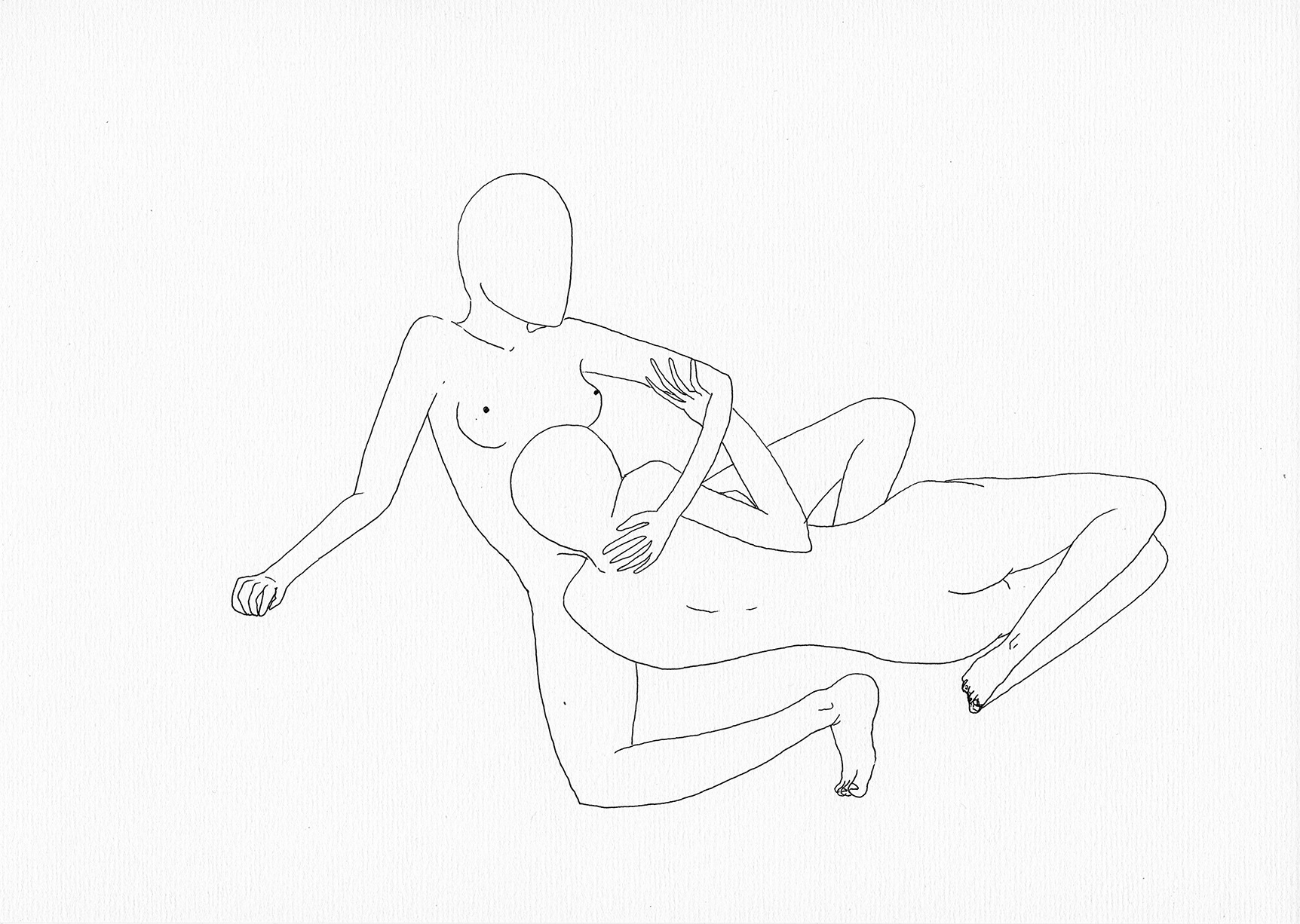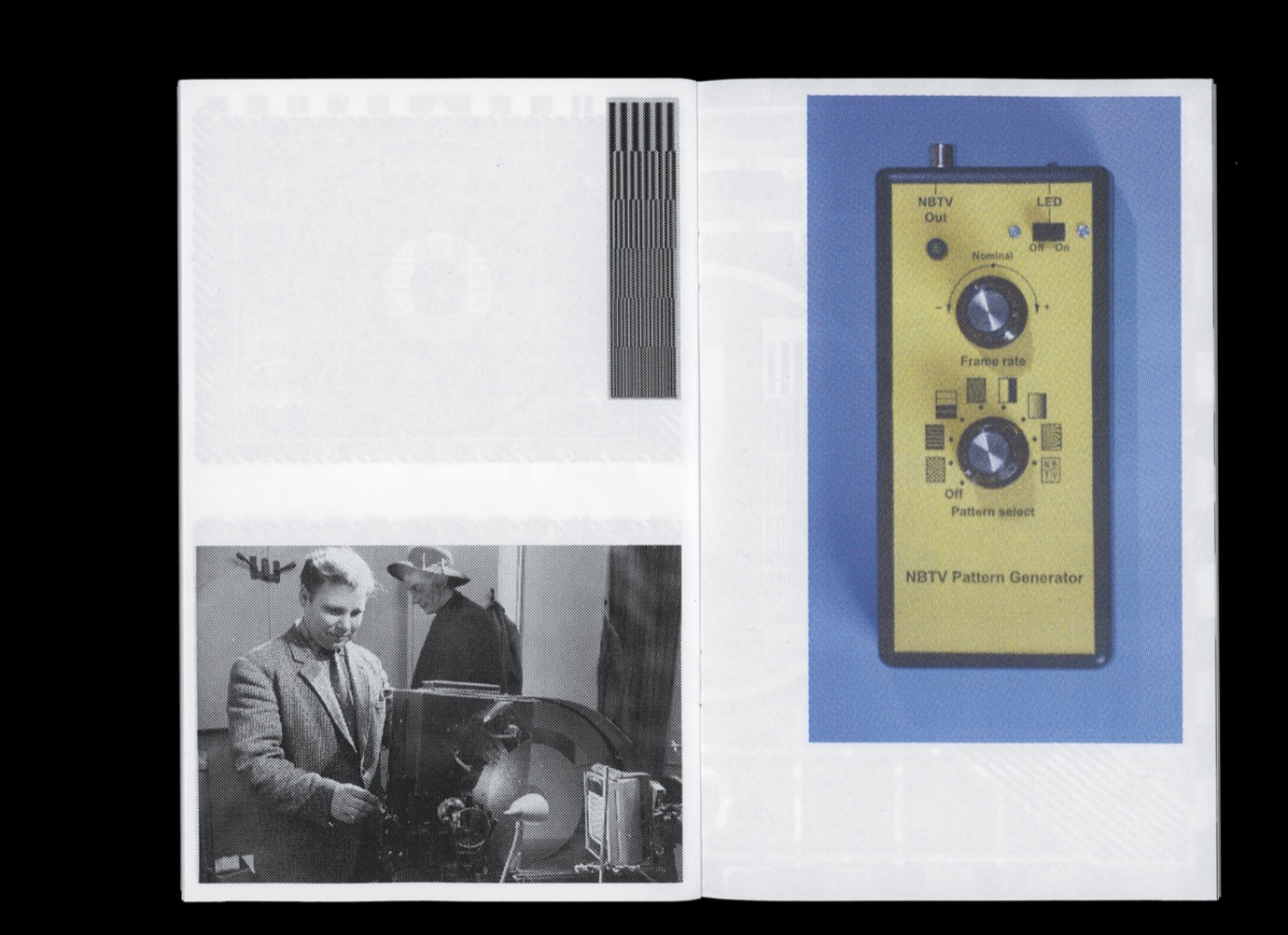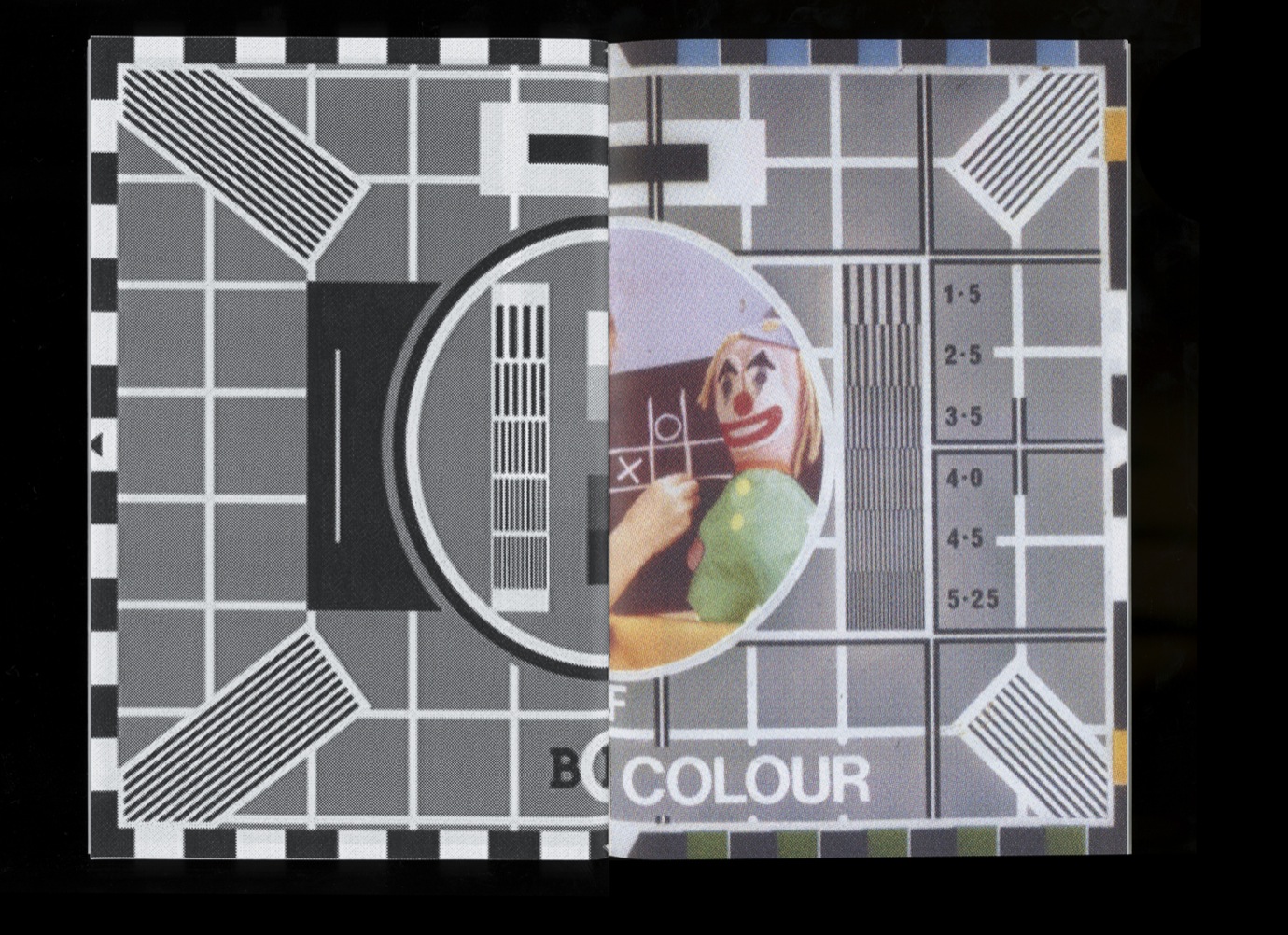How can you be a designer and not ask questions?
Getting through art school is no small feat. Day in day out one questions their identity, concepts, modes of thinking and reflecting, in an attempt to push boundaries in the pursuit of originality. The obstacles that are faced in the three year degree are bigger than just being able to get through crits and convince tutors that your work is valid and has a place in this world. It’s a journey towards being able to answer critical questions that come from all sides, and creatively solve problems. From fitting your work coherently into a space for an exhibition in year 1, to dealing with challenging pattern cutting in year 2, or figuring out what the hell to do for the final year project: problems are plenty at CSM. While the Graphic Design kids work toward their graduation, final year student Natalie Schroeter tells us that each piece that’ll be shown at the degree show “challenges the boundaries of graphic design and the future of the industry. Questions are the pillars of our work and drive us towards new ideas and innovations.” Eight questions are key to the show, and here, four students answer them.
How is reality formed by narratives?
The way we perceive reality can be changed entirely by the narratives we create. One of the projects I’m working on at the moment actually looks into this. I’m very interested in what happens when we don’t understand things, when we choose mystery instead of answers. I think choosing a narrative for a world that has room for magic, for things that are weird and inexplicable, is much more interesting than a world in which there is a logical explanation for everything. That’s the kind of reality I want to live in.
Should design impose order or chaos?
I quite like design that is confusing. Questions can be more interesting than answers. But good design, I think, is never truly chaotic, nor should it be completely in order. I’m picturing a kind of focused confusion. Definitely something that makes you say “huh?”. Whether that is followed by an understanding “huh!” or very confused “huh????” – they can both be good, as long as you don’t walk away from it without thinking anything.
How do we materialise culture?
I think negative feelings such as fear or anxiety, and our nature to try to solve or deal with them eventually forms culture.
What is wrong with design/ society?
The technologies that we depend on today are fantastic, but scary at the same time.
How does design solve problems?
Design thinking allows us to discover, define and refine problems. Whether it’s a client or one’s own work, the initial problems that rise to the surface are nothing but markers. They signify something deeper is wrong. For me, what design aspires to do is understand the deeper layers of a problem, and by that, exposing (or re-exposing) questions in a new, more holistic light. In that way, design can be seen as the deep understanding of a question, more than the solution to a problem.
How do we find a voice in a commercial world?
Have your own opinions, define your own problems. Personally, finding my voice is seeing a finished piece of work and feeling like I’ve known it for my entire life. It’s telling myself “of course, this should have happened now”. My responsibility is bringing myself to those moments, then pushing my work as far and wide as I can in the channels I see fit. Then if people want to buy it and they have an honest voice – that’s great. If not, I’m not selling it.
Is technology leading us to utopia or dystopia?
In general I believe that utopia and dystopia always form a kind of counterbalance and can’t really completely exist without one another. Nuclear energy for example both brought us one of the most powerful energy sources, but also the most deadly weapon. The introduction of the printing press in the mid 15th century was condemned as the “work of evil” and was received with a lot of fear. However, it marked one of the most significant turning points in the way information is distributed to the masses, and, to this day, shaped how people read all over the world. And so have inventions like the automobile and computer technology.
Graphic Design as a craftsmanship has always been under the influence of technology. We’ve come a long way from manual letterpresses and bookbinding with thread and needle, to complex design software and super fast, high quantity digital printing. Technology has pretty much simplified and accelerated these processes. But we should not forget where these technologies came from. Looking back at old manual techniques can help us appreciate and fully understand the work of a graphic designer in a meaningful way.
Learning how to code as a designer is definitely a massive advantage and step into the future. Web technologies have evolved like crazy over the last three years, changing the way we design and experience information online or on our smartphones. The possibilities of designing with digital media are nearly unlimited and I expect most changes and invocations to happen in this area for all kinds of design in the next few years.
We really have to stay curious and we will only know where technology will lead us, if we have the courage to make and let changes happen.
How do we (re)design who we are?
I think graphic designers are always caught somewhere in-between of wanting to be an artist, when our job is more that of a service provider. We will all experience how working with different clients is, in terms of creative and artistic freedom. Uni gave us a great opportunity to shape and position ourselves in terms of where we want to stand as designers.
Shaping and designing who we are is strongly connected with the way we approach work. Our jobs will take up a majority of our lifetime and ideally I want to spend that time being happy.
Degree Show 2 will take place from 22 – 26 June at CSM. Find more info on exhibiting courses here.

